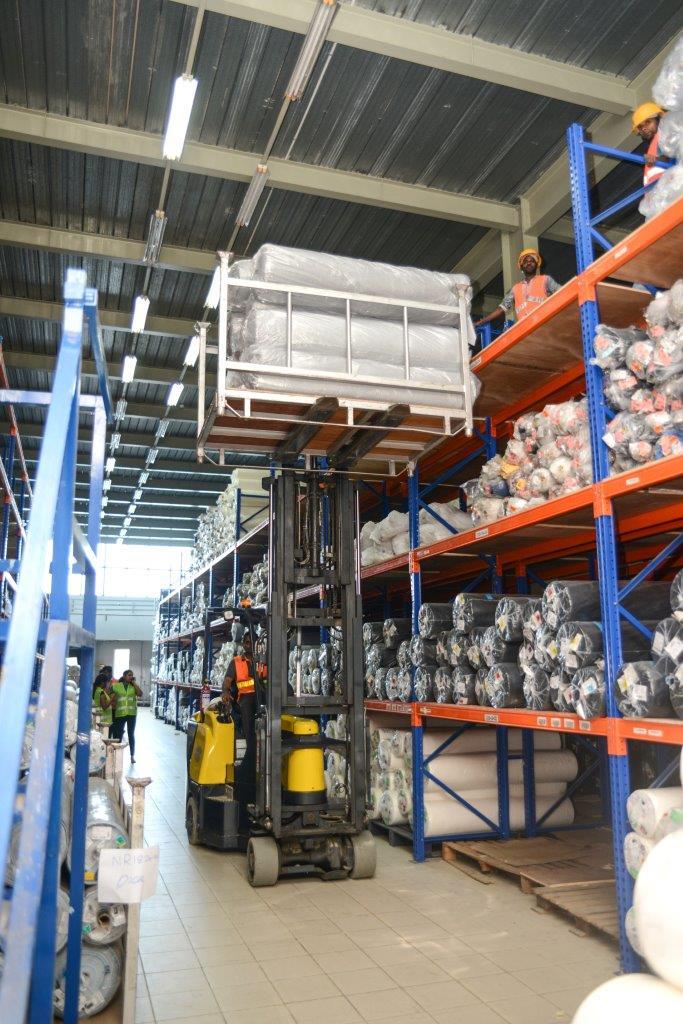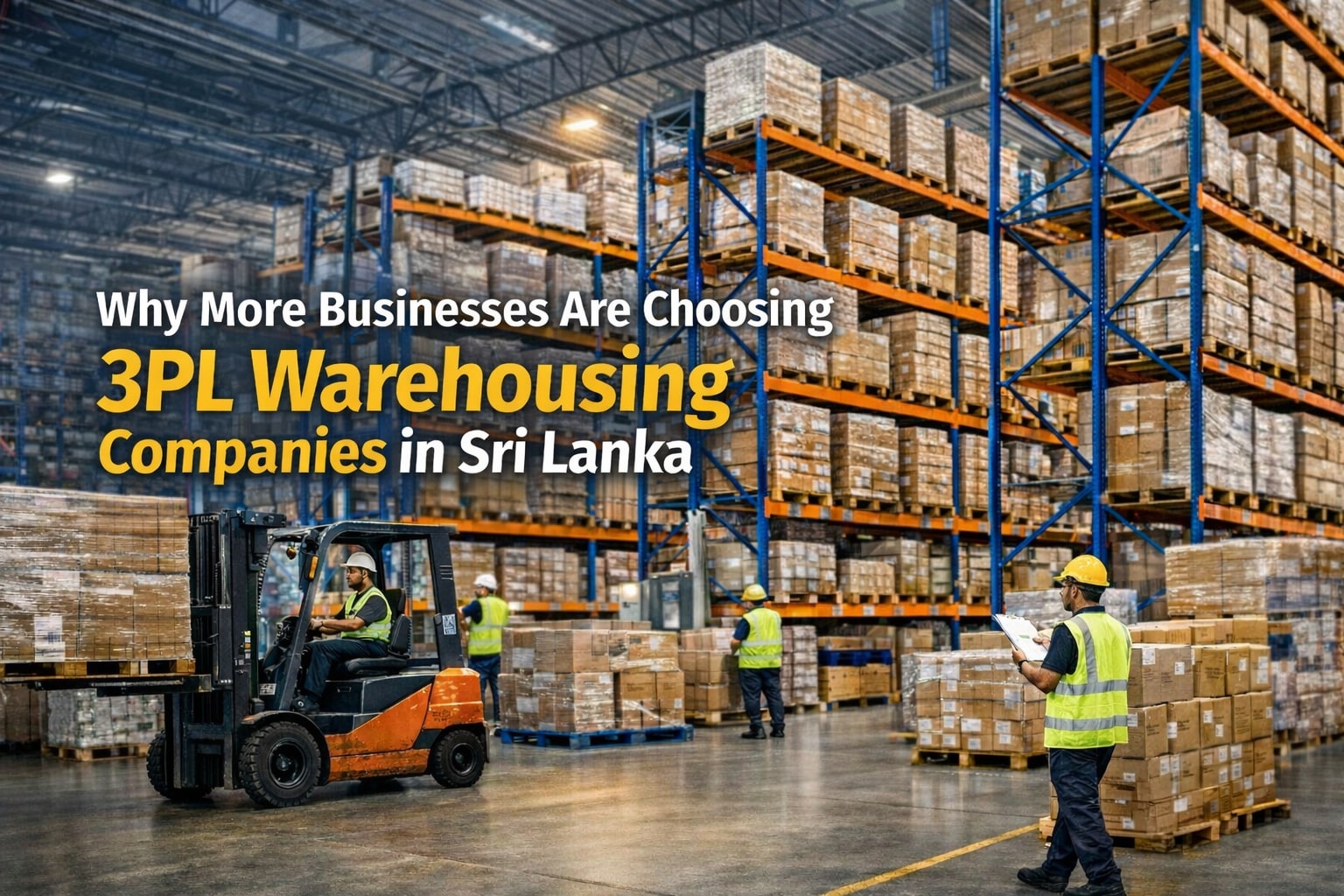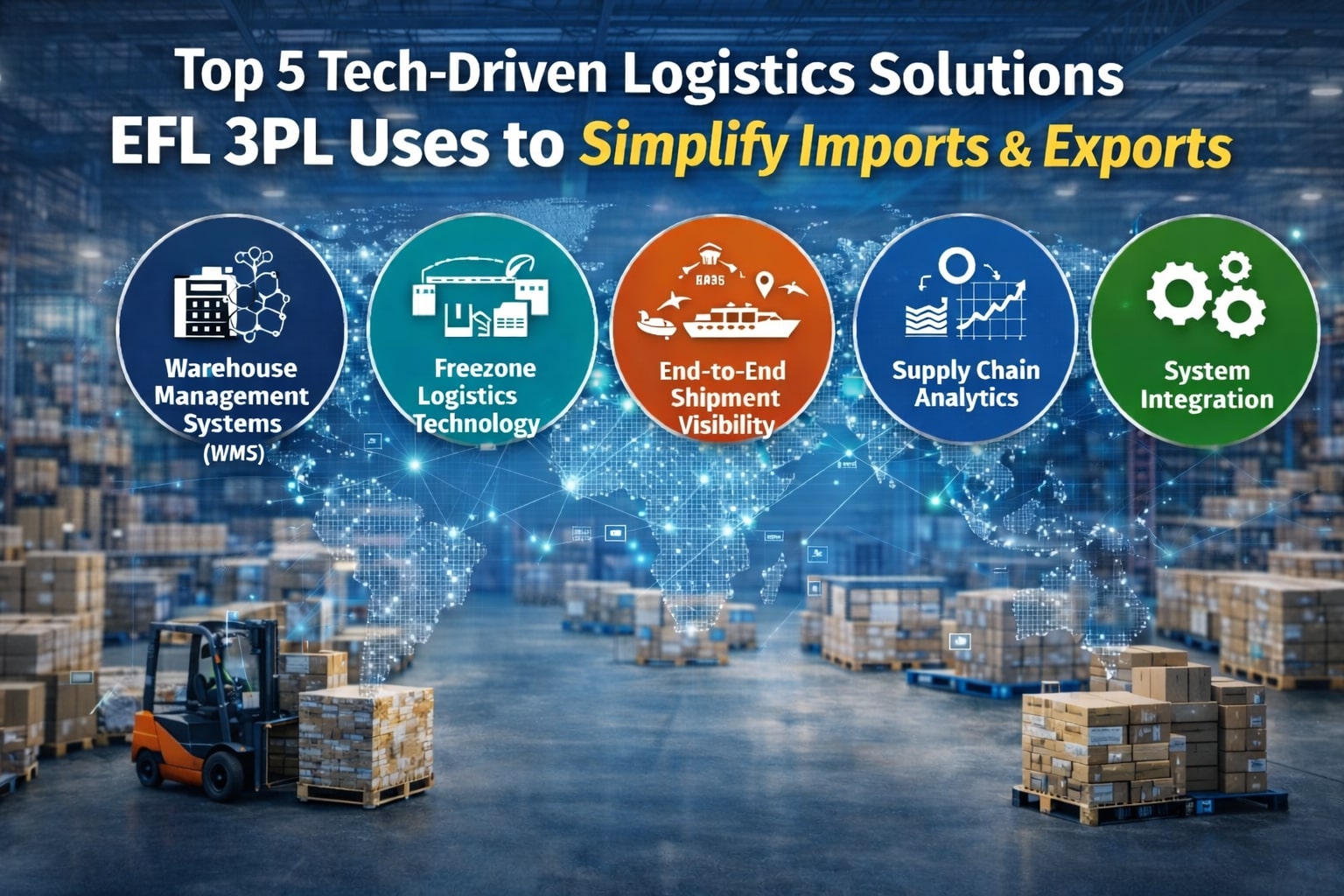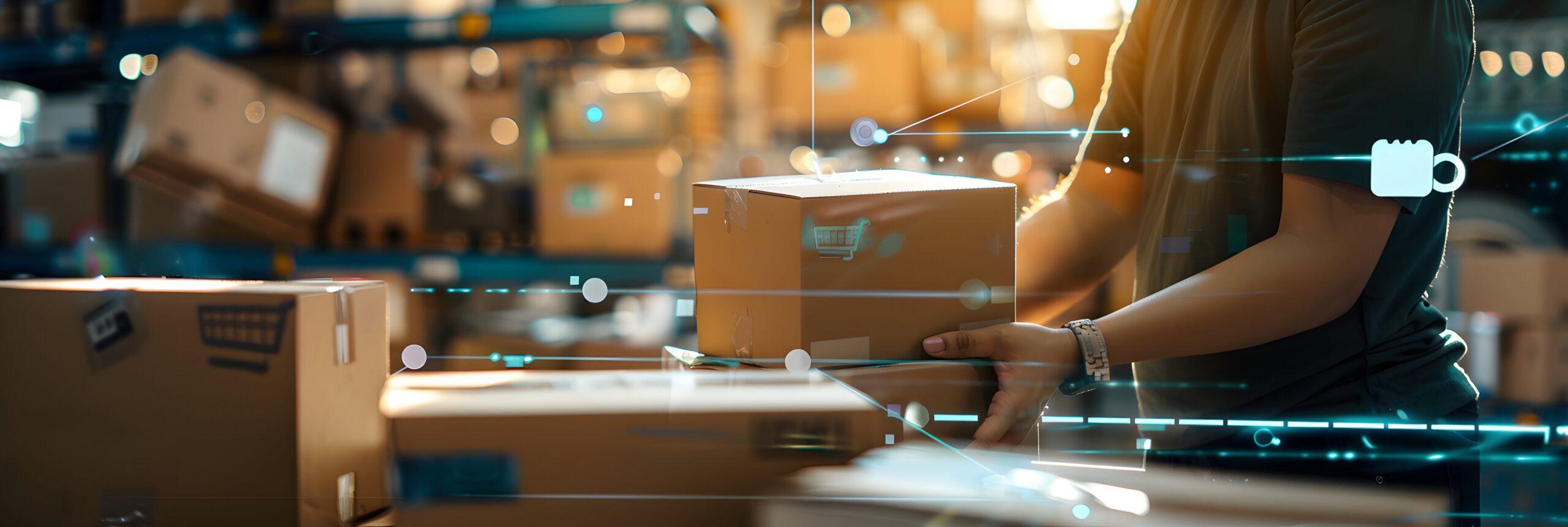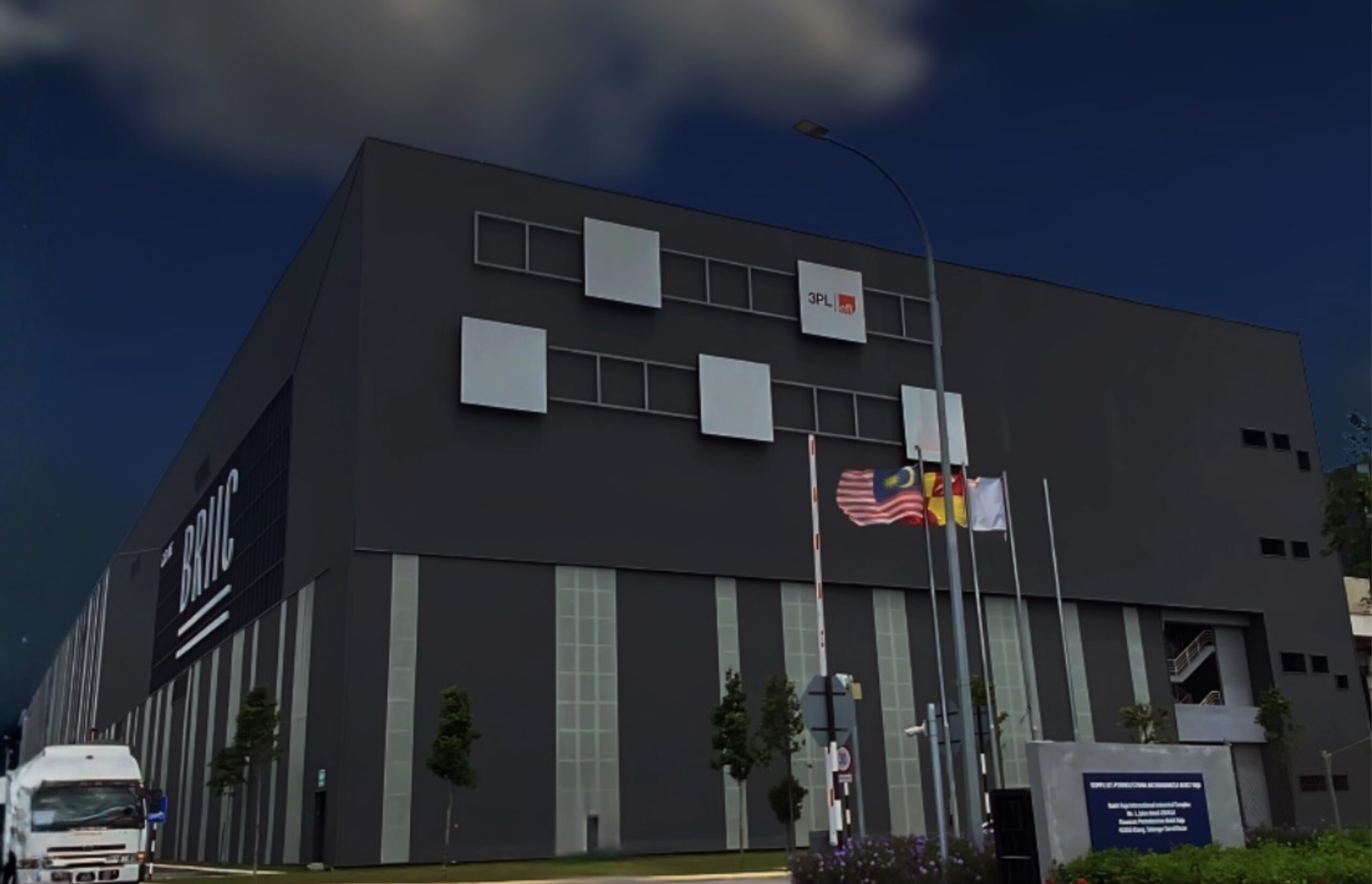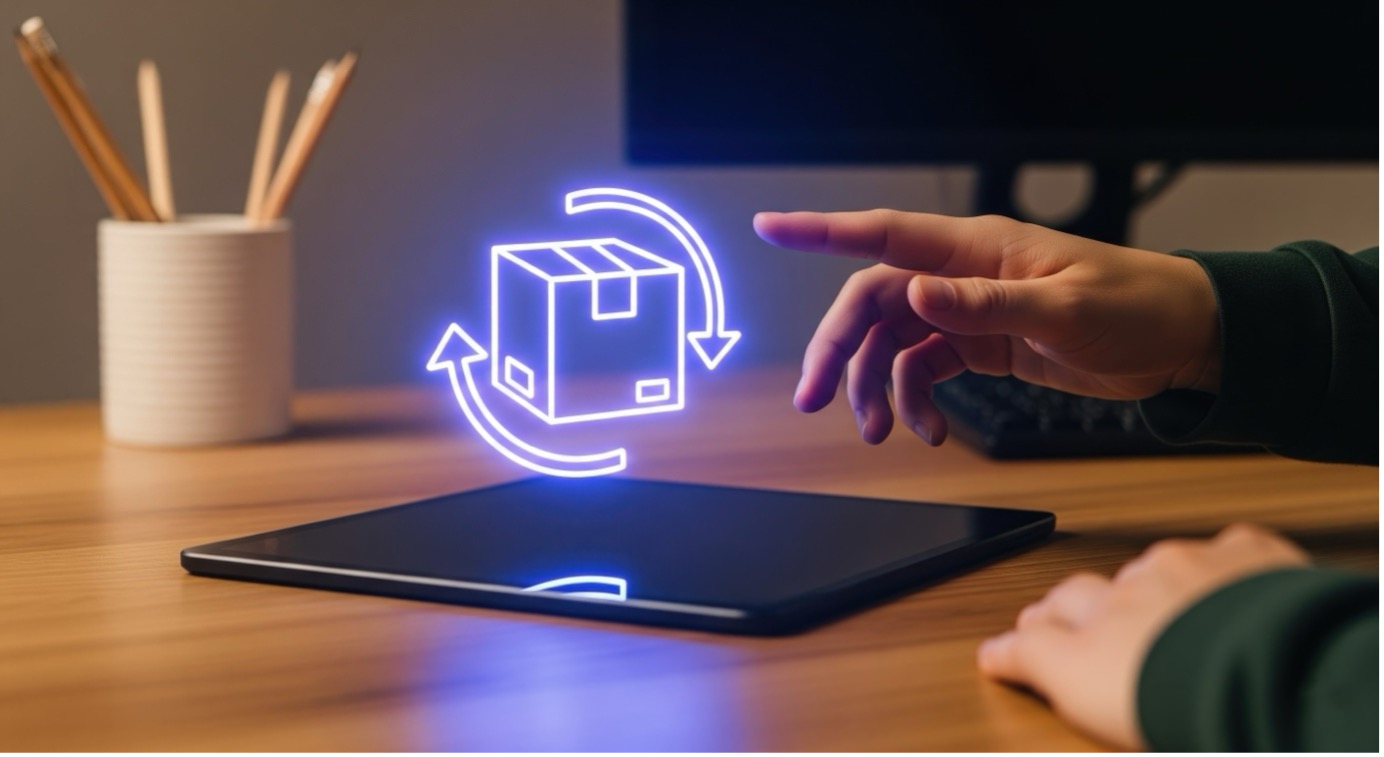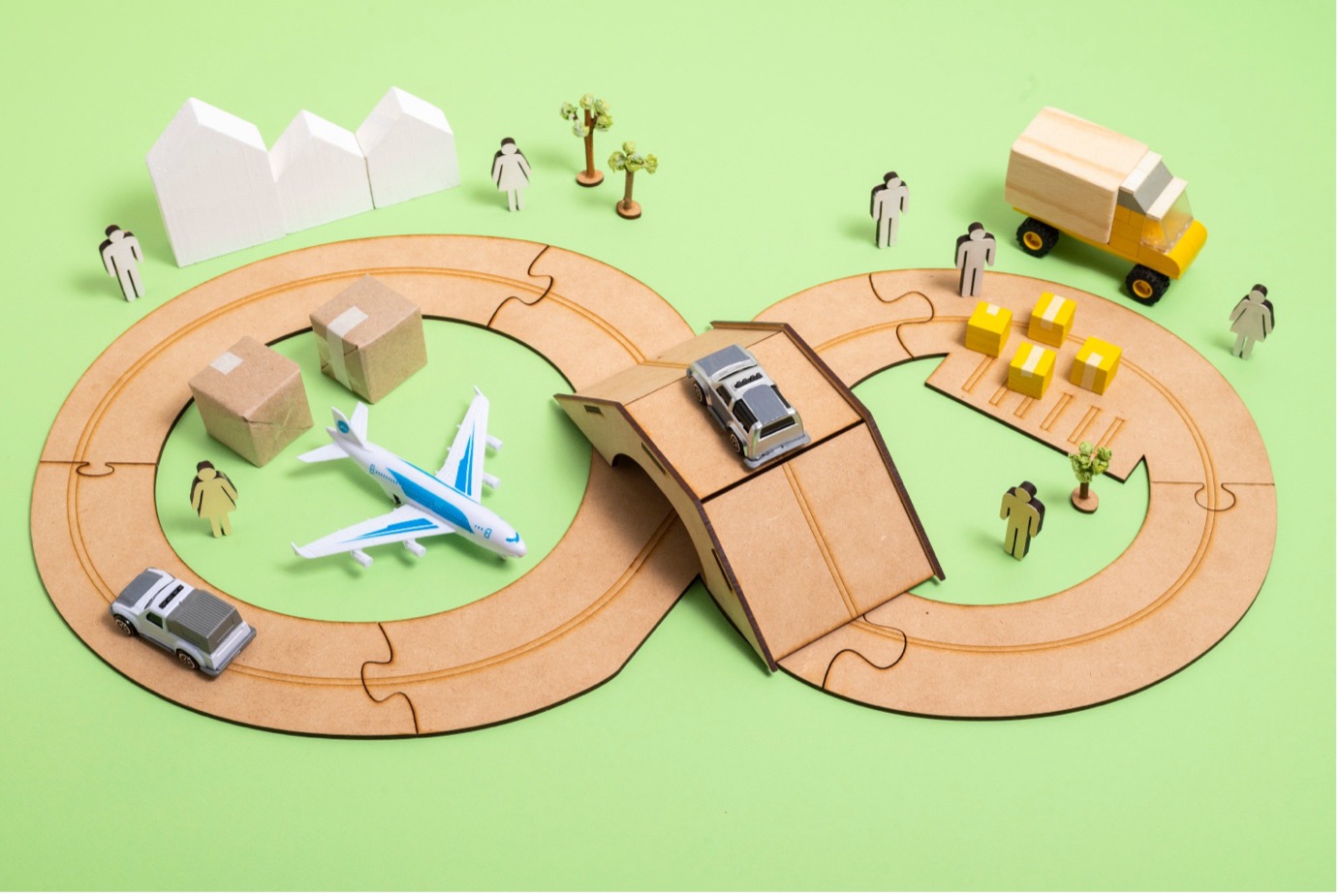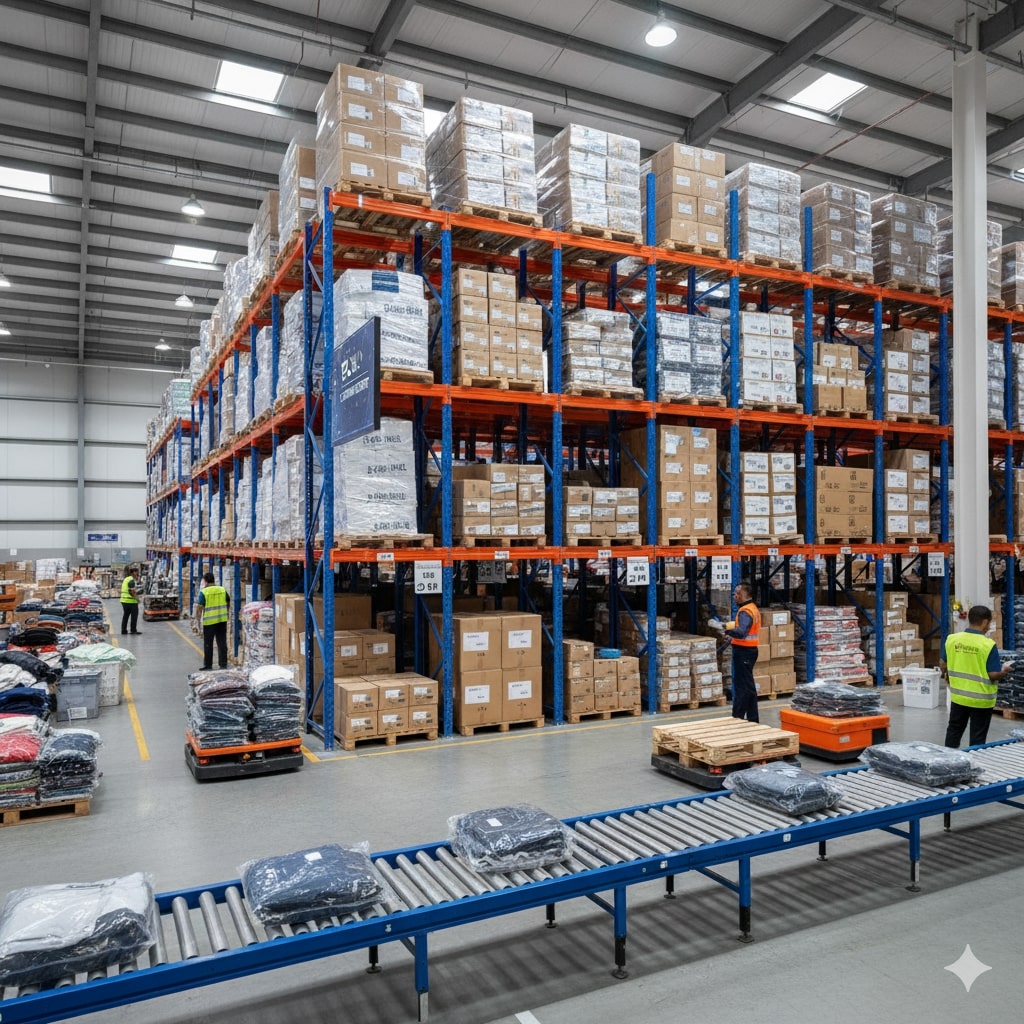India’s logistics sector is at its peak, and as the country grows into a key global hub for manufacturing, retail, and e-commerce, effective and technologically advanced supply chains become imperative. IoT in logistics is emerging as a critical enabler in this shift, helping bridge visibility and efficiency gaps. Third-party logistics (3PL) vendors are under increased pressure to deliver speed, accuracy, and transparency in a rather complicated and fragmented world; to close these gaps, technologies such as the Internet of Things (IoT), which give real-time visibility, efficiency, and dependability in logistics operations, have been introduced.
In India, where supply chain issues frequently collide with infrastructure challenges, companies like EFL 3PL Global are establishing benchmarks for how the IoT in logistics may reshape its future.
The Internet of Things (IoT) is a network of connected devices that collect and distribute real-time data, such as temperature monitors in cold chains, GPS trackers on containers, RFID tags on shipments, and sensors in trucks. The real-time location, condition, and performance insights provided by these devices enable logistics operations to become more responsive and efficient. Integration of IoT in logistics provides organizations with a fine-grained control over previously unmanaged supply chain operations.
Why IoT in Logistics Matters for 3PL in India
India’s vast geography, traffic congestion, political climate, and inconsistencies in infrastructure all present a variety of logistical issues. IoT in logistics can help overcome these challenges by:
- Providing real-time tracking of shipments over multiple transport channels
- Predictive maintenance of the fleet and warehouse equipment
- Environmental monitoring of temperature-sensitive items
- Data-driven decision-making to save costs and delays
With increasing government backing for digital infrastructure and increased acceptance of tech-enabled logistics, IoT in logistics is becoming increasingly important for Indian third-party logistics companies seeking to remain competitive and focused on their customers.
EFL 3PL Global, a leader in third-party logistics and supply chain solutions, has actively integrated IoT and digital technology into its operations. Here’s how:
Real-time Visibility
EFL 3PL has discussed the usage of GPS monitoring and IoT devices to monitor the transportation of products. Organizations now employ advanced analytics, IoT sensors, and GPS tracking effectively to focus on technology that assists in supply chain understanding. They may identify issues in real time and alter cargo routes as necessary with this visibility. In India’s busier districts, where delays are common, this could prove crucial. IoT in logistics enables companies to keep ahead of difficulties that would otherwise cause significant delivery delays.
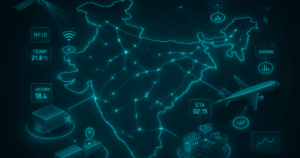
Fleet and Asset Management
The Internet of Things (IoT) can help to monitor and track owned assets to ensure they are being utilized most effectively. Better asset utilization, route planning, and fuel efficiency are made possible by EFL 3PL’s GPS-enabled fleet tracking, which directly addresses the issues of cost and dependability in Indian logistics, especially in places with shaky infrastructure. The use of IoT in logistics is critical.
Smart Warehousing
IoT sensors provide real-time environmental, equipment, and inventory monitoring, allowing for better informed decision-making and preventing supply chain disruptions, and given the wide range of warehouse designs available in India, this technique could provide uniformity and reduce inventory inconsistencies. As a result, smart warehousing, because it provides considerable increases in accuracy and uptime, is one of the most important IoT applications in logistics.
Client-Centric Solutions
With EFL 3PL’s IoT-based systems, clients receive real-time alerts and the status of storage conditions. It is all about giving them visibility and control throughout their supply chain. This kind of transparency encourages compliance and trust in businesses like food and pharmaceuticals, where real-time condition monitoring is critical, and for clients who rely on accuracy, speed, and regulatory compliance, IoT in logistics improves the value offered.
Implementation Challenges
Although IoT has numerous advantages in logistics, there are certain drawbacks to employing it. Many 3PL suppliers suffer high upfront costs, particularly for personnel training, cloud infrastructure, and sensor integration. This might be a substantial issue for Indian businesses with low profit margins. Another issue is cybersecurity; sending real-time data between networked systems increases the likelihood of a security breach. Another issue is a lack of qualified experts to manage IoT systems and analyse data. EFL 3PL Global’s competitive edge is its capacity to invest in infrastructure, staff, and process change while also adopting and integrating IoT into existing workflows.
Scalability and Future Outlook
EFL 3PL’s IoT-powered, digital-first logistics platform is highly scalable. As India’s logistics business expands, IoT will be critical for managing complexity and meeting growing customer needs. More 3PLs are expected to follow EFL 3PL’s lead as sensors become more affordable and regional connectivity improves.
Smaller logistics companies in India, unlike larger suppliers such as EFL3PL, can gain a competitive advantage by implementing modular IoT solutions without incurring significant investment. In the future, the confluence of IoT, AI, and blockchain technologies will enable more intelligent forecasting, self-governing decision-making, and transparent tracking systems.
The National Logistics Policy and Gati Shakti are government programs aimed at creating a more technologically advanced and connected logistics ecosystem. In such circumstances, IoT in logistics will be rather critical for increasing visibility across multiple modes of transport, ensuring infrastructure coordination, and contributing to sustainability.
Conclusion
In an economy as logistically porous as India, IoT in logistics is a practical requirement. EFL 3PL Global’s commitment to digital innovation demonstrates how 3PL providers may leverage IoT in logistics to improve customer happiness, supply chain resilience, and transparency. Adopting IoT in logistics is becoming more than a competitive advantage; as the Indian logistics ecosystem matures, it is an operational must.
For Indian logistics firms ready to scale, the time to embrace IoT is now. Early adoption can be the key to long-term success.



